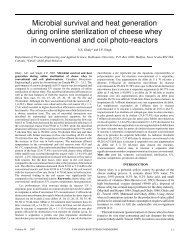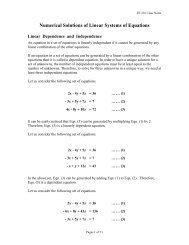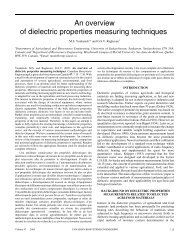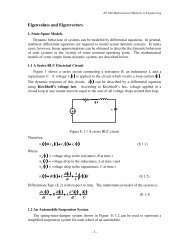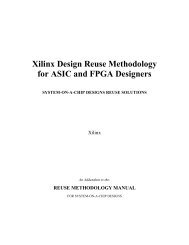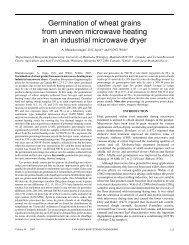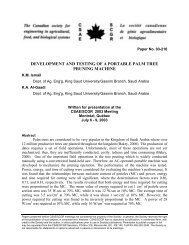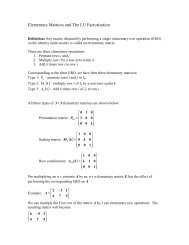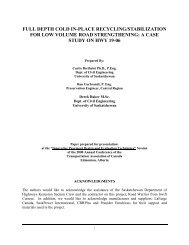Cold-In-Place Recycling using Asphalt Emulsion for Stabilization of ...
Cold-In-Place Recycling using Asphalt Emulsion for Stabilization of ...
Cold-In-Place Recycling using Asphalt Emulsion for Stabilization of ...
You also want an ePaper? Increase the reach of your titles
YUMPU automatically turns print PDFs into web optimized ePapers that Google loves.
154 USING ASPHALT EMULSION TO STABILIZE LOW VOLUME ROADS<br />
Figure 7 Tender Spots in Highway 15-10 after Construction<br />
4 LABORATORY CHARACTERIZATION OF ROTOMIXED AGGREGATE MATERIALS<br />
Ground Penetrating Radar was used to identify specific areas from which samples were retrieved<br />
from Highway 15-10, including areas where 50 mm <strong>of</strong> granular base had been rotomixed into the asphalt<br />
mat, and where 50 mm <strong>of</strong> granular base had been rotomixed into a granular patch. <strong>In</strong> addition to the<br />
recycled material, a laboratory control blend was prepared <strong>using</strong> a standard SDHT Type 71 Marshall<br />
dense graded hot mix aggregate gradation. (is there some simple way <strong>of</strong> characterizing “SDHT Type 71”<br />
aggregate, <strong>for</strong> the benefit <strong>of</strong> those readers not familiar with “SHDT Type 71”).<br />
Figure 8 illustrates the grain size analysis results obtained from the four aggregate types<br />
considered in this study. The SDHT Type 71 hot mix aggregate blend was prepared in the laboratory<br />
<strong>using</strong> the gradation specified <strong>for</strong> Highway 1-20 paving project and the rotomixed aggregate from<br />
Highway 15-10 was taken directly from the roadbed after the first pass with the cold in-place recycler.



